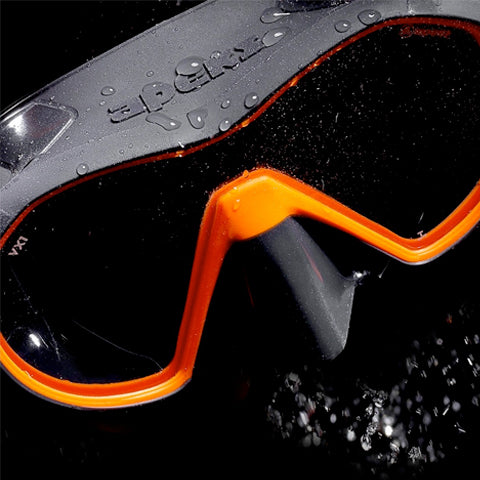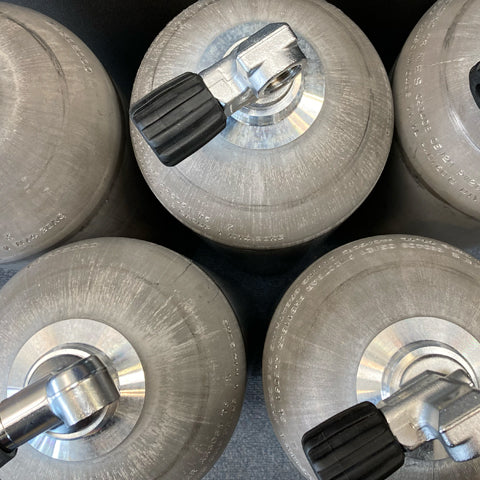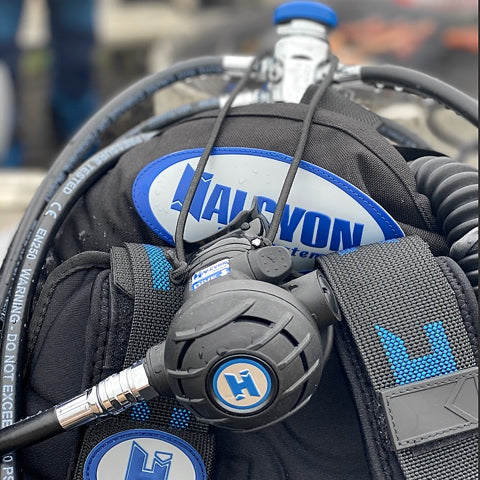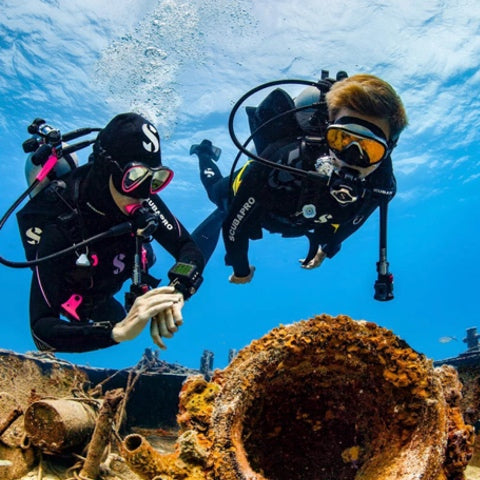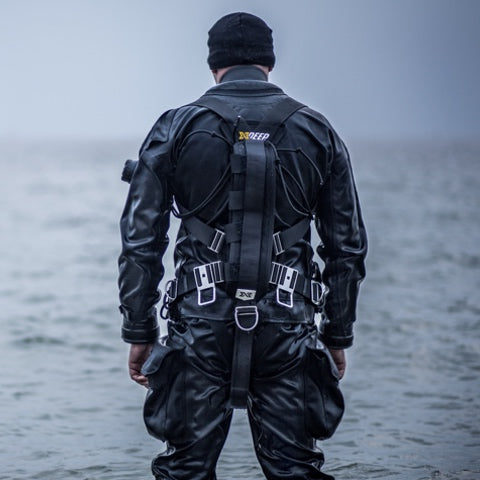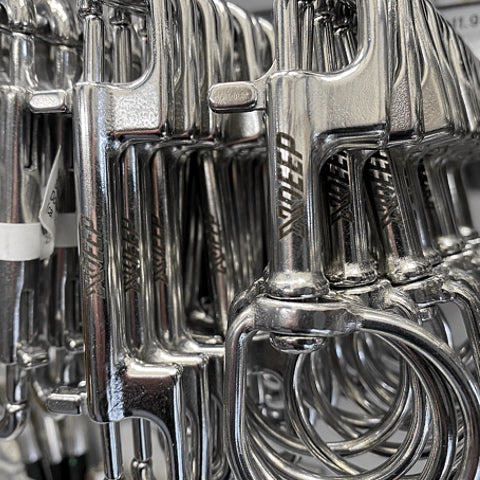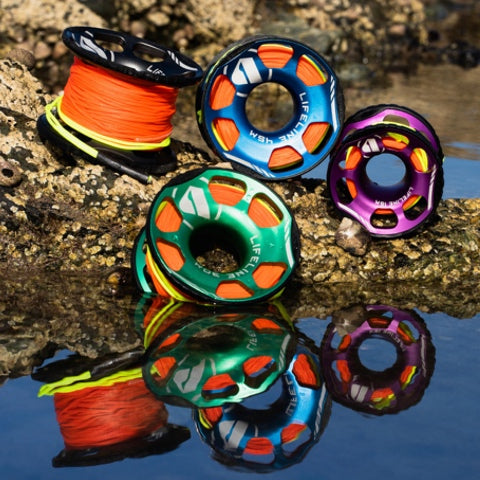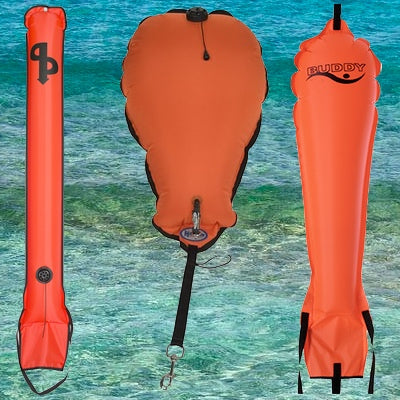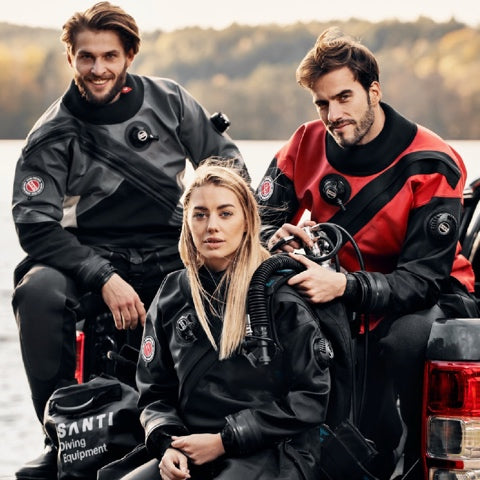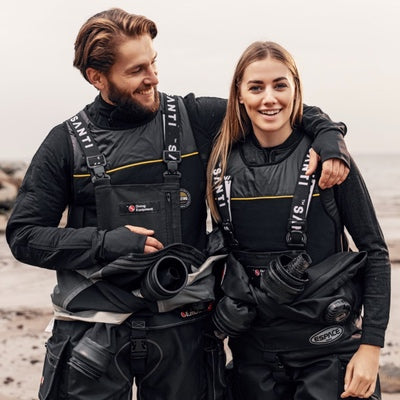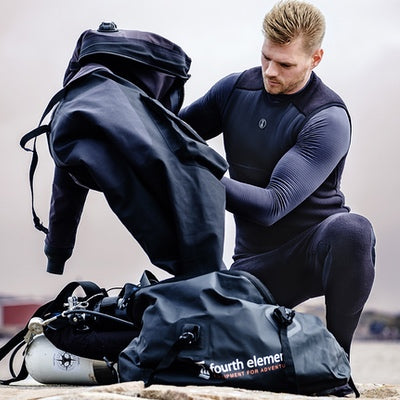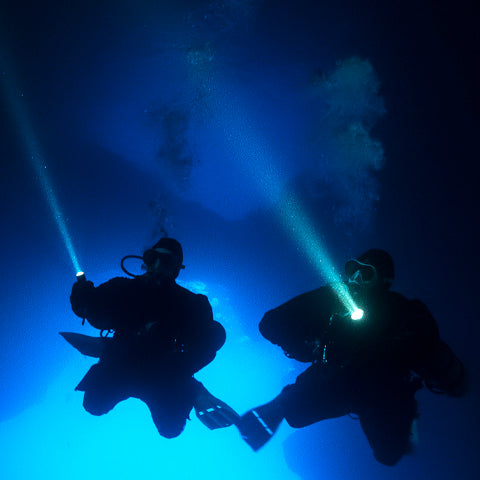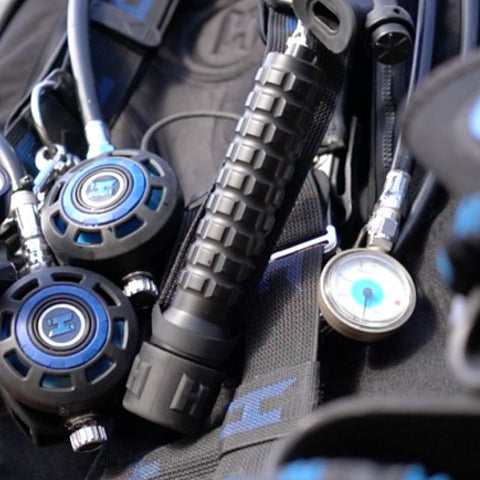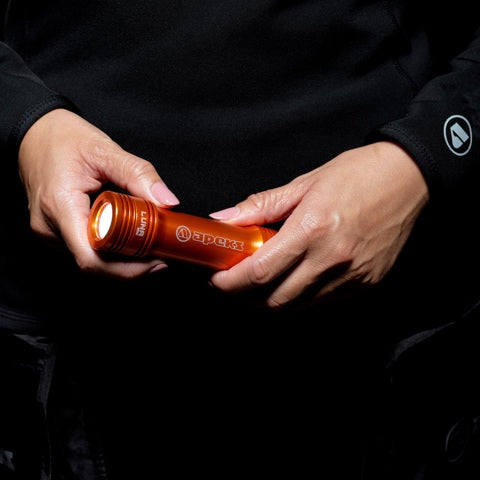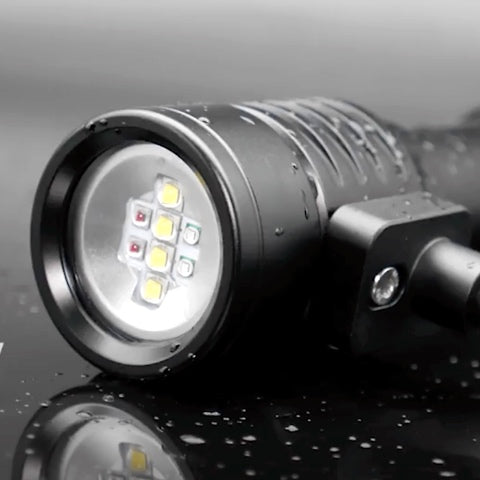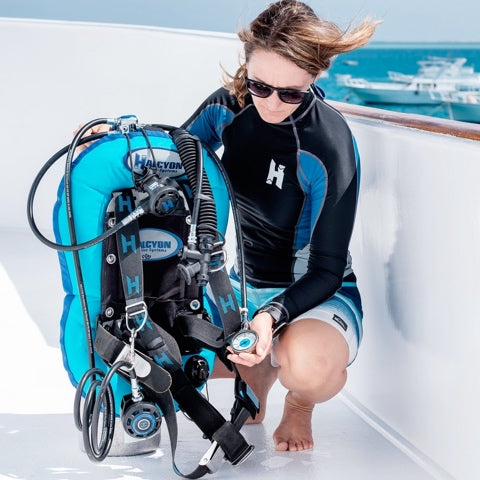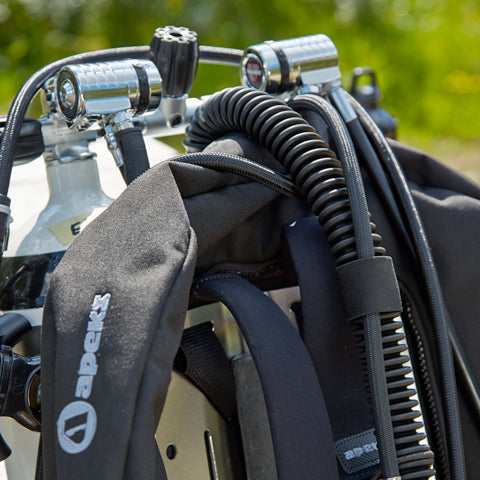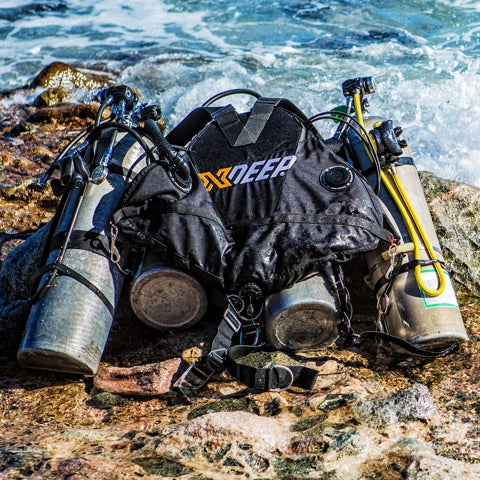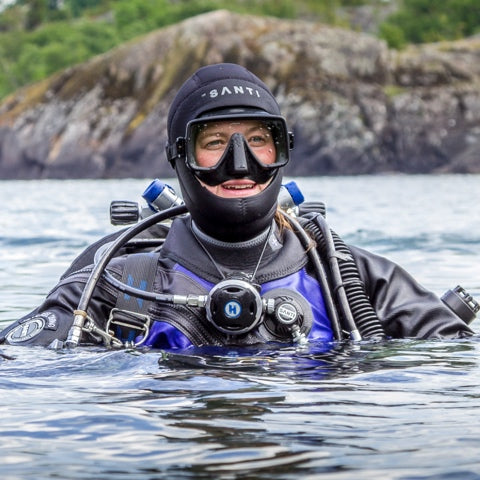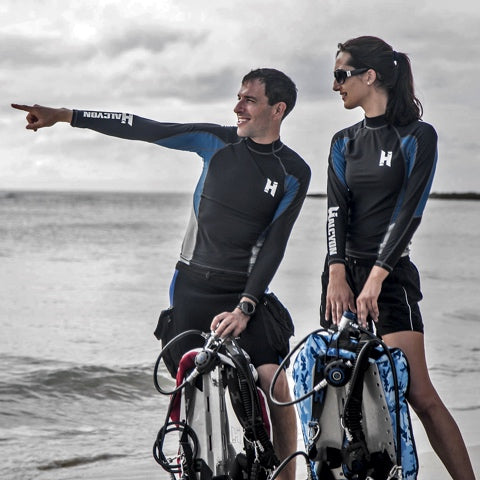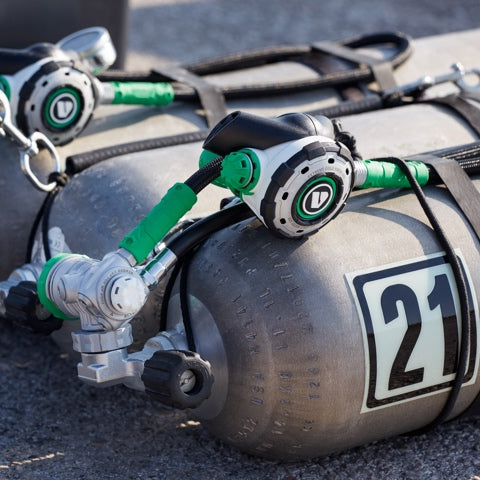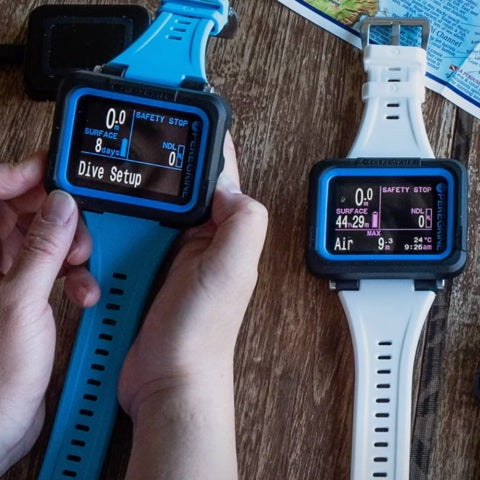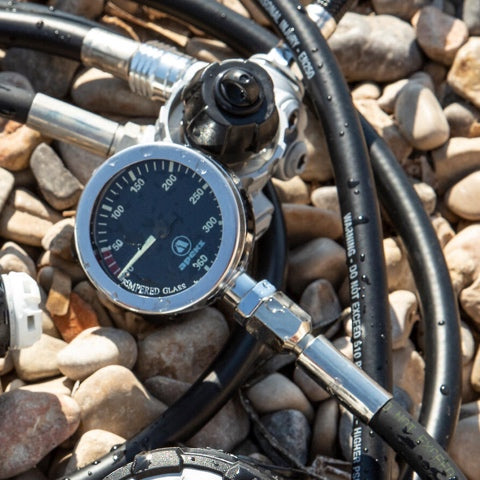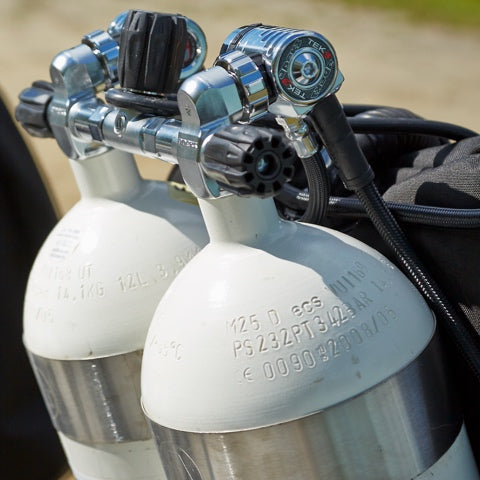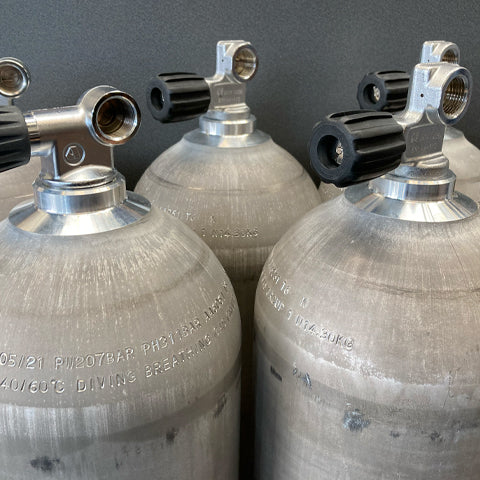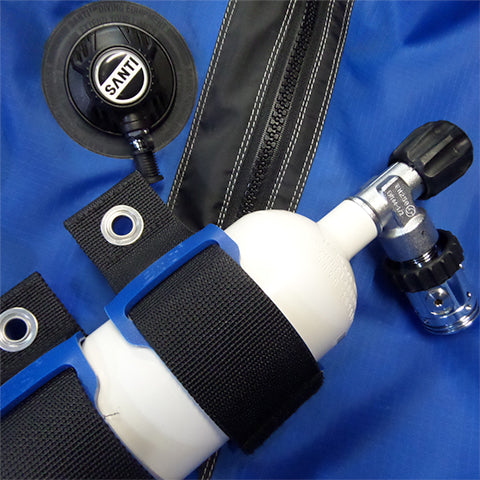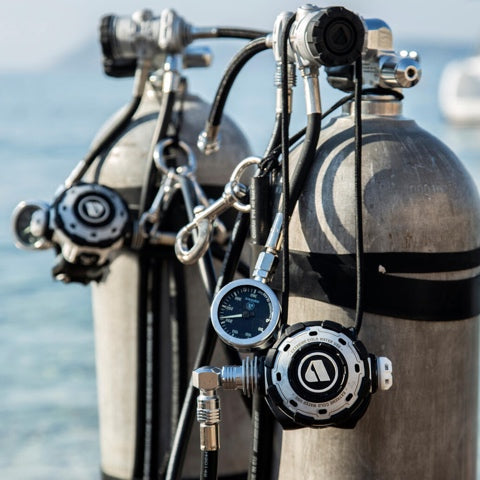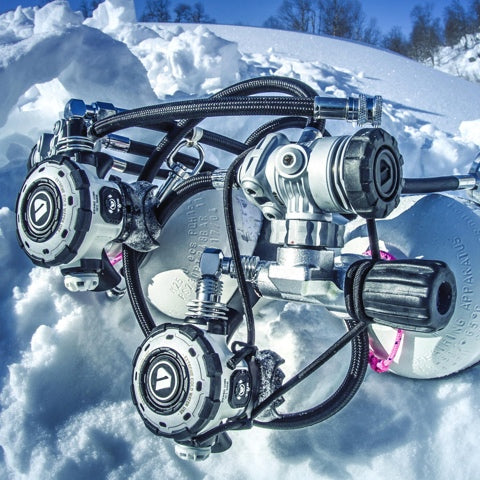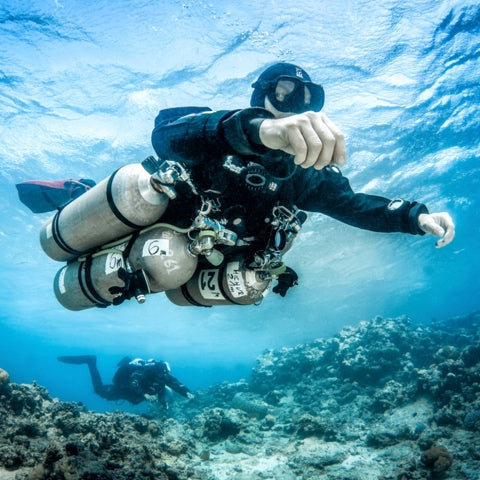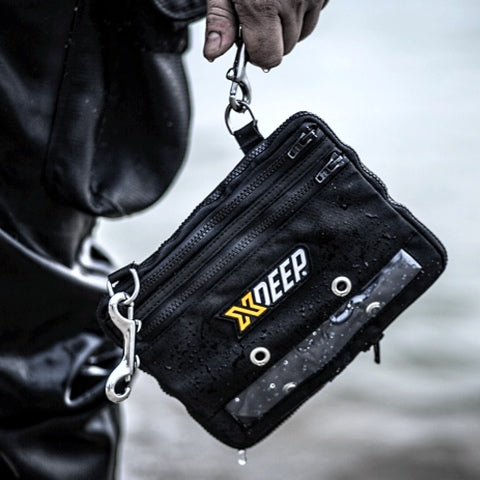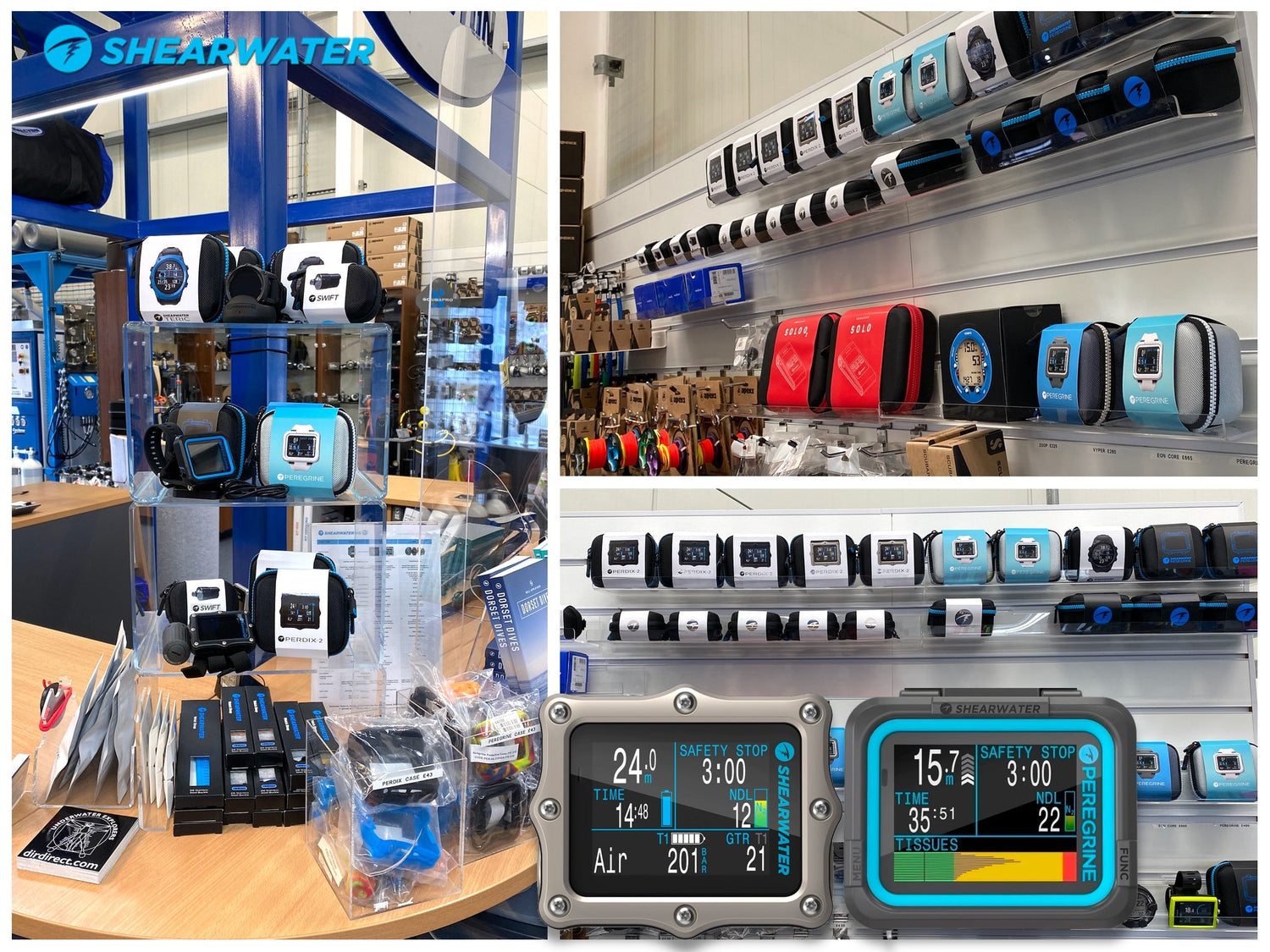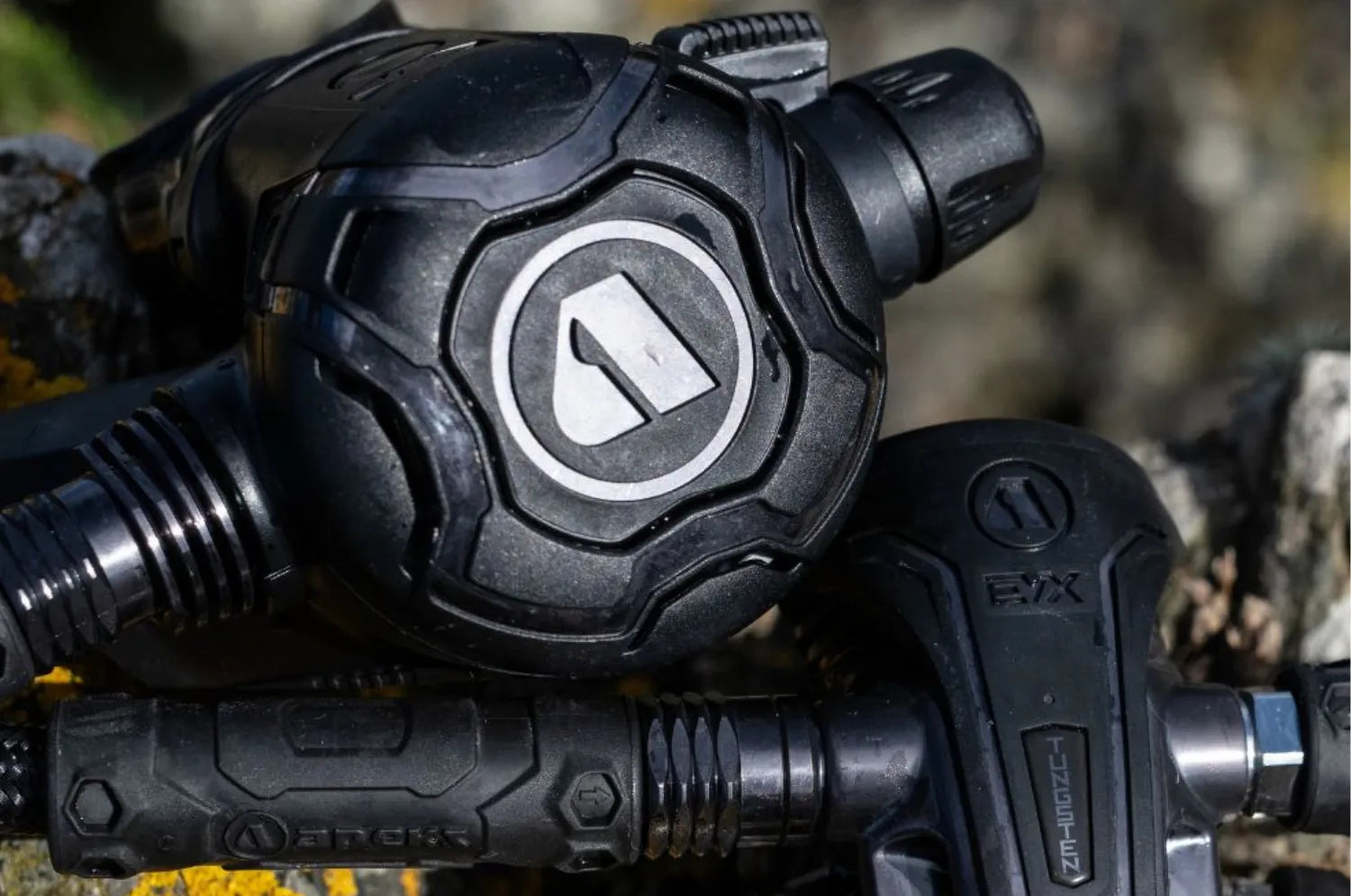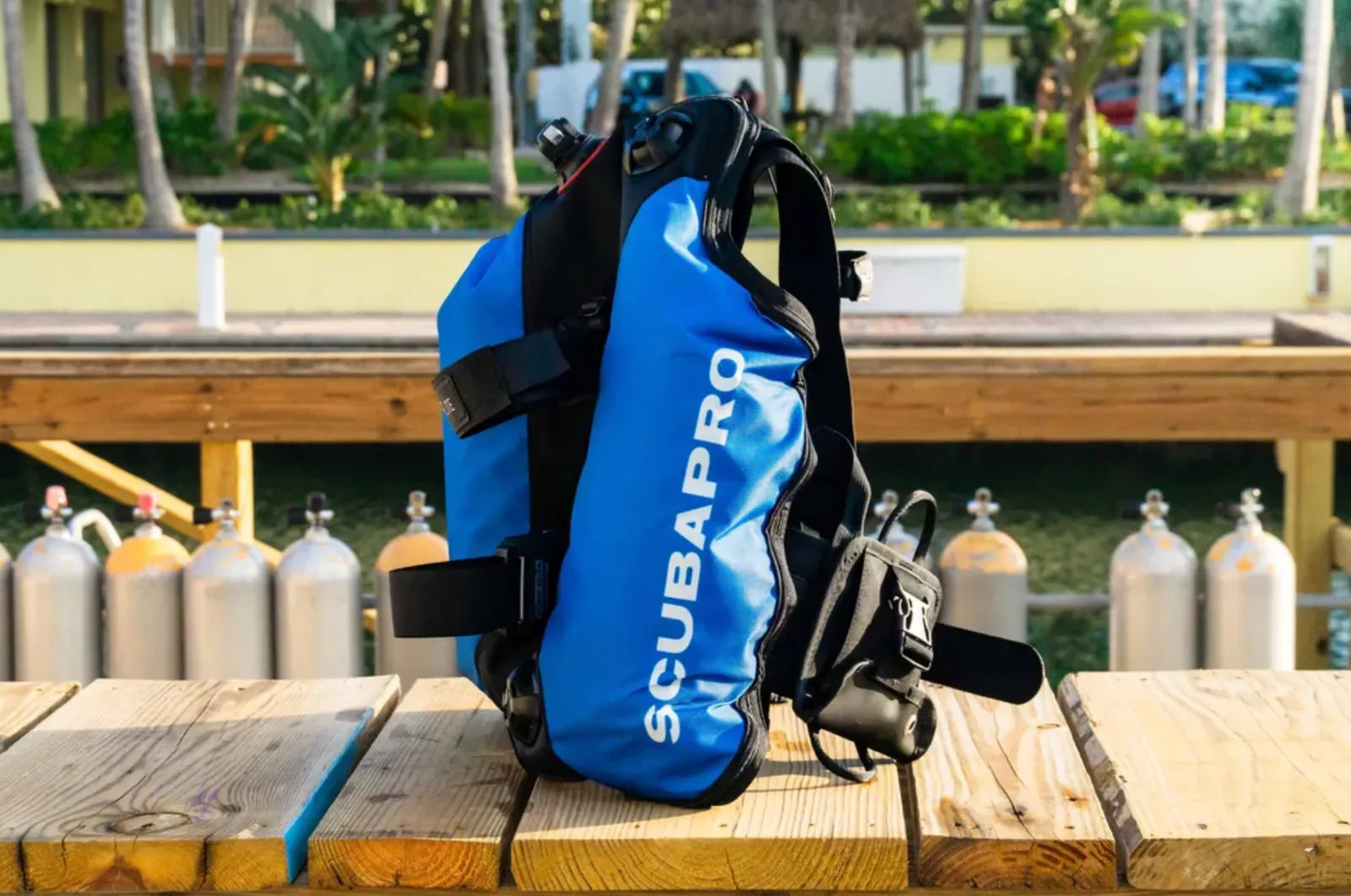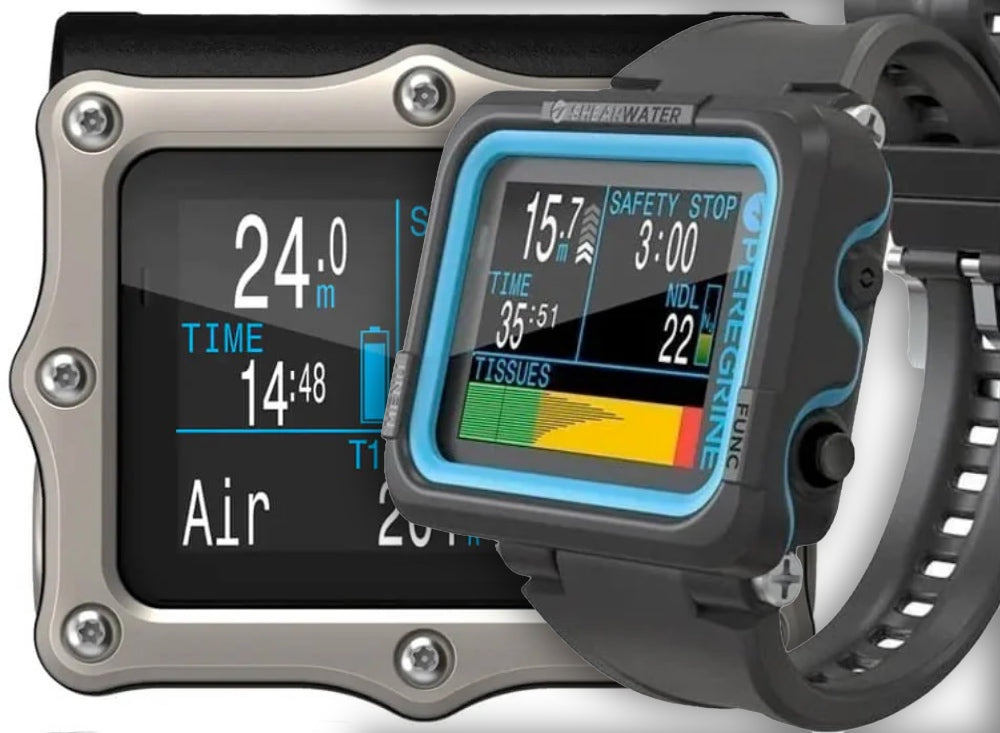Is the Shearwater Peregrine worth it?
The Shearwater Peregrine is an excellent dive computer for recreational no-decompression diving and dives requiring decompression. Its 2.2” slate-style bright screen displays the most critical dive information in an easy-to-read arrangement. Suppose you are on Open Circuit (OC), not diving a CCR (rebreather) and not using Helium as a breathing gas. In that case, the Shearwater Peregrine will cover all your air and nitrox dives (up to 40% for bottom gas), including the ability to switch between 3 gases (up to 100% O2) for any decompression. It can also be used in gauge mode for depth and time and has a resettable stop-watch function. At its price point, the Shearwater Peregrine is well worth it. The Peregrine is best suited for everyday air or nitrox divers instead of the Shearwater Perdix 2, designed for demanding divers.
What is the difference between the Peregrine and Perdix 2?
The main functional difference between the Shearwater Perdix and Peregrine when it comes to diving is that the Perdix 2 is trimix enabled out of the box, supporting both Open Circuit and fixed PPO2 Close Circuit (CC) mixed gas diving and 5 OC/CC gases as opposed to the Peregrine’s 3 OC gases. The Perdix 2 also has a 3-axis, tilt-compensated digital compass which the Peregrine does not have. Also, the Perdix 2 is transmitter enabled to monitor tank pressure, supporting up to 4 transmitters. Other differences between the two units include the material used, their depth rating, batteries, weight and unit size, although the Perdix 2 and Peregrine screen sizes are the same.
What is the difference between Perdix 2 and Petrel 3?
The Petrel 2 has a larger screen (2.6” High Contrast), is larger in size and heavier, and while it can be used as a stand-alone unit, it can be Fischer or DiveCAN (depending on CCR model) connected to a CC or SC rebreather for PPO2 monitoring. Both the Petrel 3 and 2.2” screen Perdix 2 LCD screen computer run the same Buhlmann SHL-16C with GF as standard and can be upgraded to VBM-B decompression model. Both units support up to 5 gases (air, nitrox, trimix), have tilt-compensated compasses and Bluetooth. The Perdix 2 has a lower profile and weight, a slightly smaller but stronger full-colour screen, a higher display colour range, much longer runtimes in comparison. If you’re not going to be connecting the unit to a rebreather, the Perdix 2 is an ideal choice for OC technical divers as well as a great backup device with constant PP02 for rebreather divers.
What modes does the Shearwater Perdix 2 have?
The technical operating modes of the Shearwater Perdix 2 are Open Circuit Technical (OC Tec), Closed Circuit / Bail Out (CC/BO) and Gauge. The Shearwater Perdix 2 also has 3 modes specifically designed for Open Circuit Recreational diving: Air, Nitrox (up to 40% O2) and 3 Gas Nitrox (up to 100% O2). It is worth keeping in mind that some features of the Perdix 2 only apply to certain dive modes.
Does the Shearwater Perdix vibrate?
Yes. If vibration alerts are on, the unit will vibrate when the alert first occurs and every 10 seconds until it is acknowledged. The Perdix 2 has a customisable vibration, whereas Shearwater describes the vibration of the Petrel 3 as a “Strong Customisable Vibration,” emphasising its strength for that particular unit.
What kind of battery do Shearwater computers take?
The Shearwater Peregrine and Shearwater Teric dive computers use (wireless) rechargeable Li-On batteries that are not user-replaceable. Both the Perdix 2 and Petrel 3 use one user-replaceable AA size Alkaline or SAFT battery. Link > Saft Batteries.
What is the battery life of Shearwater computers?
Depending on factors such as water temperature, the charge level of the battery used and display brightness, Shearwater computers are top performers when it comes to battery life. On medium brightness and in ideal conditions, you can expect up to 30 hours of battery life for the Peregrine computer. The Shearwater Perdix 2 and Petrel 3 with an AA Alkaline battery should last for about 40 hours that can be extended up to 100 hours with a SAFT LS14500 battery. An AI-enabled Teric, on Dive Mode, should have a battery life of about 30 hours that can be extended to around 50 hours on Watch Mode.
What is VPM-B, do I need it?
The Varying Permeability Model (VPM) is a decompression algorithm that attempts to predict the behaviour of bubbles within the human body during decompression. The basic decompression algorithm Shearwater Computers uses is Bühlmann ZHL-16C with Gradient Factors which allows for numerous adjustment capabilities without a need to ‘upgrade’. Most divers stick to Bühlmann, but If you do upgrade to Shearwater’s VPM-B, you can select between standard GF and VPM models depending on the dives you are doing.
Who makes Shearwater computers?
All Shearwater products are designed and manufactured in Vancouver, Canada, in a certified ISO 9001-2015 compliant facility. Shearwater Research products meet international standards as required by CE, FCC and IC.
What’s the warranty for Shearwater computers?
Shearwater offers a worldwide 2-year warranty on all computers. The warranty lives with the unit, not with the original purchaser. The warranty is linked to the computer’s unique serial number, so you do not need to register your computer.
What is the best dive computer in 2023?
In 2023 the Shearwater Perdix 2 remains to be the best dive computer for mixed gas diving, supporting multiple gases with Open Circuit and fixed PPO2 CCR modes, a large powerful 2.2” LCD screen, extremely long battery life and ease of use. If you’re not on a rebreather or don’t use Helium for mixed gas dives, the Shearwater Peregrine based on the same decompression algorithm is the best dive computer for recreational diving with or without decompression.
Where’s the best place to buy Shearwater computers?
At Underwater Explorers, we hold a large stock of Shearwater Perdix 2 and Peregrine computers as well as Shearwater Swift and compatible Aqualung transmitters you can purchase in-store or here through DirDirect.
To download the product comparison chart below in PDF format directly from Shearwater Research click HERE.


